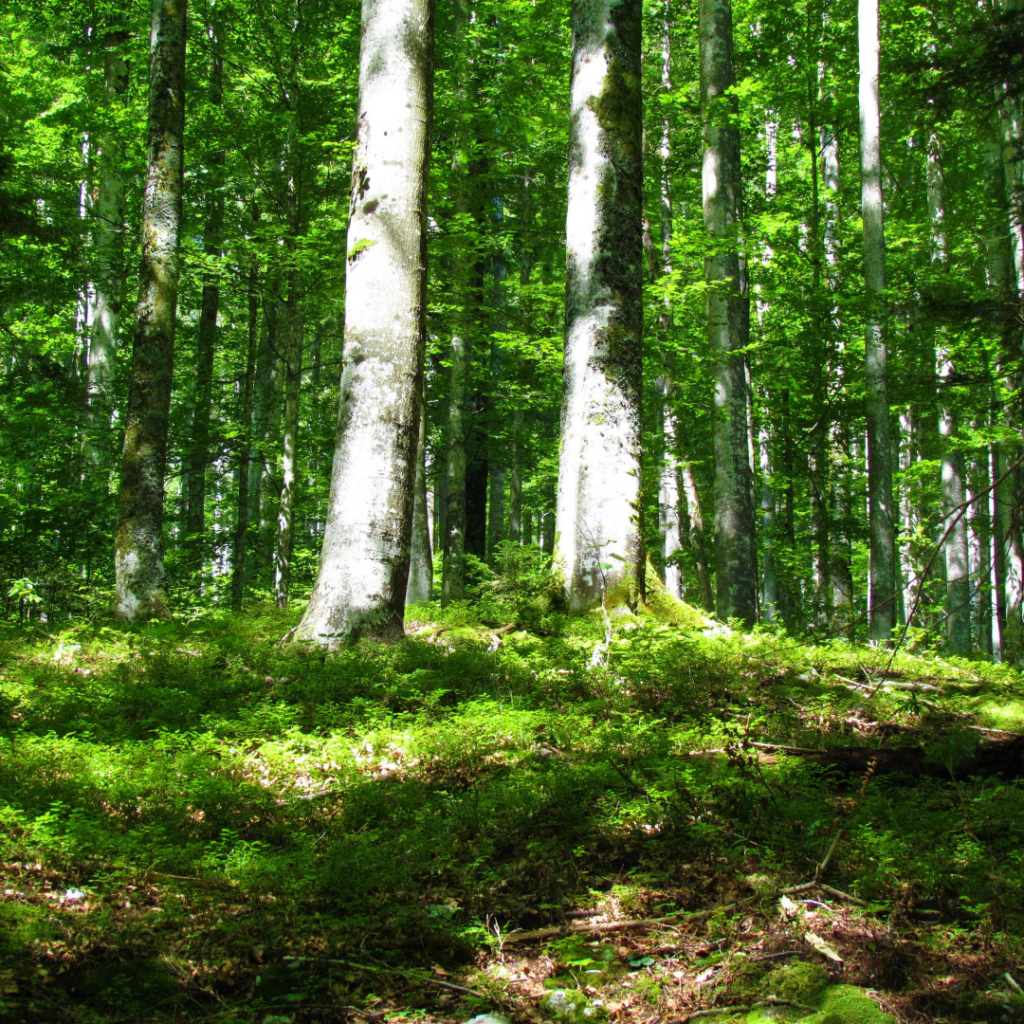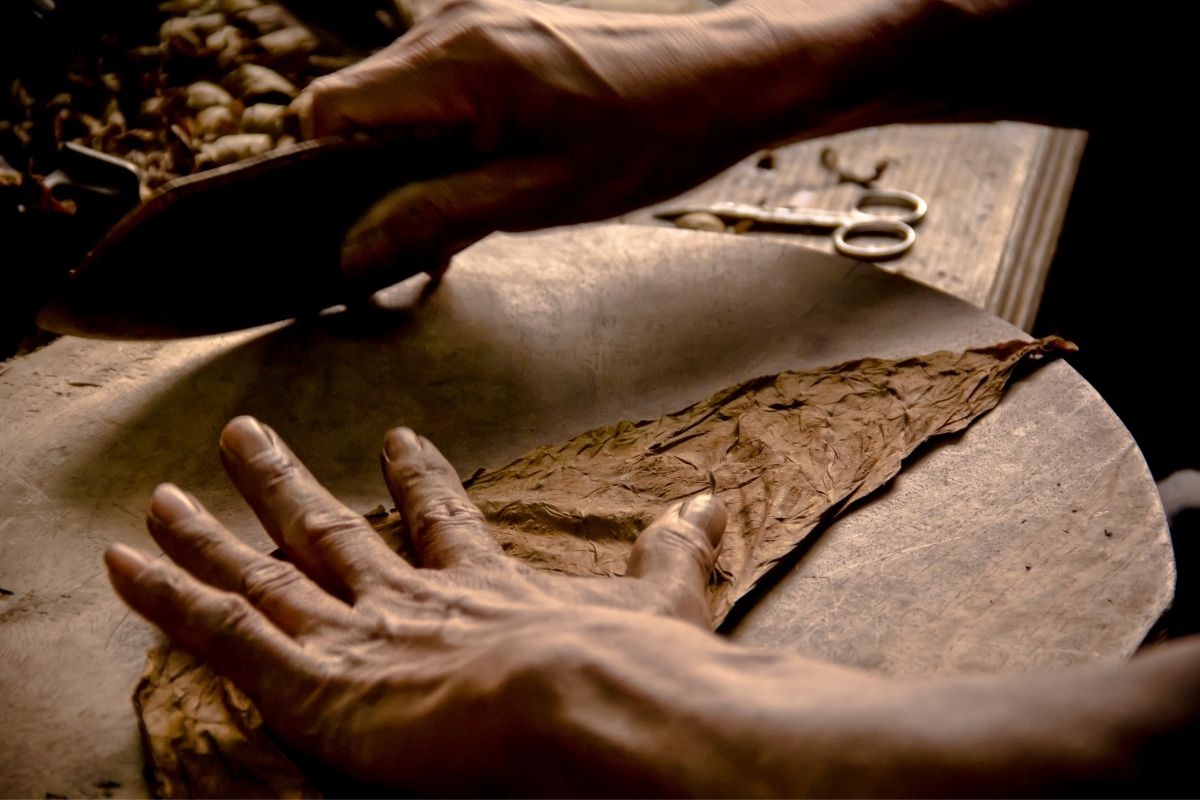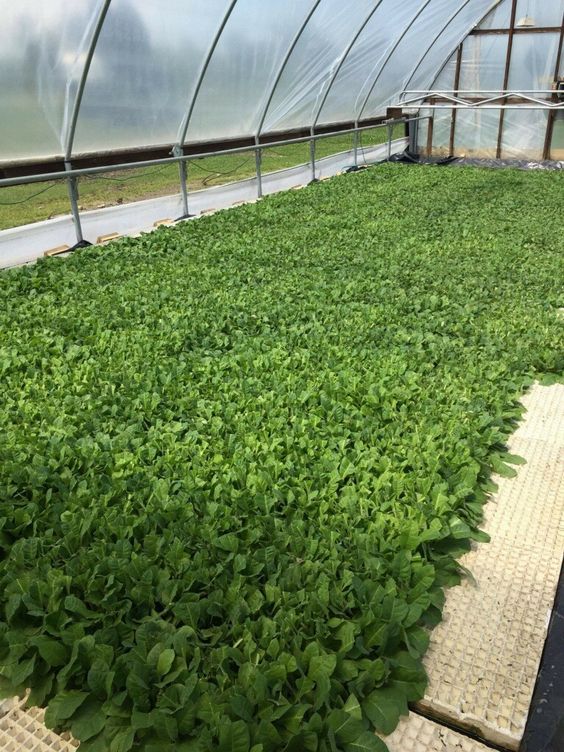Tobacco is a plant that has been cultivated and used for medicinal, social and culinary purposes for centuries. These are the two main categories of tobacco plant, but what many people might not realize is that tobacco plants are plentiful and come in a wide variety.
Nicotiana tabacum and nicotiana rustica to give them their real name is a type of plant and the cured leaf is the part of it that many tobacco users will be familiar with, as that is what is cut and processed for chewing, smoking and sniffing etc.
This article lists out some different types of tobacco plant and to make things easier – we’ve done this in alphabetical order!
Aromatic Fire-Cured

This type of tobacco plant was mainly grown in the south of the United States and this method of processing was incredibly common prior to the 1860s.
It’s a dark leaf tobacco and has a very aromatic aroma and taste to it which is likely through the curing process.
Over a small fire, the tobacco leaves would be turned and kept some moisture to it. This made it an ideal tobacco for pipes and chewing.
Virginia/Brightleaf

In the 19th century in the United States, tobacco use was high, but people were hoping for a type of tobacco that would be lighter and much easier to consume, being less harsh on the throat but keep its original and aromatic tobacco taste.
The tobacco industry hadn’t quite taken off at this point and there was plenty of scope for improvement.
Through a freak accident, a slave owned by a man called Captain Slade had re-fired during the curing process using charcoal.
At the time, tobacco only grew strongly and naturally in very fertile soil and with the right temperatures. This meant that other states had to develop different systems to grow tobacco.
The inadvertent re-firing by the slave had resulted in a more yellow-golden tobacco plant which had a much lighter response to the user but kept the same, great taste.
Shortly after this discovery, Captain Slade shared his findings around the towns and cities.
When news traveled, farmers understood the benefits of heat-curing, flue-cured tobacco and thus this new method was born creating the original bright tobacco.
This increased the value of the farms by around 300% and this began the initial rise of the tobacco industry.
Broadleaf
This form of tobacco is much too strong to smoke through inhaling, but people in the coming years would discover its fantastic uses for cigar wrappers.

Burley

In the mid 19th century, this tobacco plant was grown from tobacco seeds and the adult plant seemed to have a much different appearance to it. It had whiter leaves which also had blends of yellow.
In the years to come, this type of tobacco plant was shared and grown all over the United States and became the most popular tobacco plant to grow.
The method of cutting this tobacco, along with Kentucky and Virginia tobaccos is known as cavendish which is a relatively complicated method and results in a tobacco that you can smoke via pipe.
There was also, the now non-existent, white burley which was primarily used as a chewing tobacco, pipe tobacco and for a blend in American cigarettes which had a shiny white glow to it.
Corojo

This is a type of tobacco plant that was grown primarily for cigar smoking. It was grown throughout Cuba and gets its name from the farm where it originated from.
The leaves were used as a cigar wrapper for many years until it was made apparent that this type of tobacco was vulnerable to blue mold, which can be deadly if inhaled or consumed.
In later years, hybrid versions of corojo tobacco plants were developed which were not susceptible to diseases like blue mold, and nowadays, you can still find corojo tobacco plants and the cigars that they produce quite easily in Cuba.
Criollo

Speaking of Cuban tobacco, criollo (which means native seed) is another form of tobacco that was used mostly for cigar smoking. It comes as no surprise that Cuba developed these types of tobacco plants because their cigar market is massive.
Dokha

This is a very strong tobacco which has incredibly high levels of nicotine, but it does not contain additives. It originates near Iran and similar Gulf-states and is an uncured type of tobacco.
The plant grows heavily in these areas and is generally smoked through a special pipe called a medwakh.
Ecuadorian Sumatra

In the late 1960s, this tobacco plant was developed simply for cigar wrapping using its leaves. Most of the other plants are used to regrow more tobacco plants, in a kind of recycling and grow process.
Habano And Habano 2000

Both of these tobacco plants take their name from the Capital of Cuba, and they’re primarily both used for cigar smoking. However, they are two different plants and tobacco types in their own right.
The Habano leaf is one of the most popular types of cigar wrapper and has a very rich taste and smell to it. Although Habano 2000 shares its leaves for the use of cigar wrappers, the plant is also used to create a finer tobacco which can be used in cigarettes.
The problem with blue mold was still problematic, but the results from these two different plants are both very resistant to the diseases.
Oriental Tobacco

Contrary to what some might believe, oriental tobacco is a type of plant that is primarily sun-cured and can be grown in many hot climates including Turkey, Malta, Cyprus and Greece.
It’s a floral type of tobacco plant which some refer to as “Turkish tobacco”.
One such plant is called the Latakia which comes from Syria and nearby areas that has a highly smoky taste, smell and flavor.
Oriental tobacco is very common for cigarette smokers and in the modern era, oriental tobacco will be mixed with other United States produced tobaccos for a smoother response and interesting blend.
Perique

Originally used by Native American tribes, this tobacco plant is cultivated using a method called pressure-fermentation and was incredibly popular for pipe smoking, normally as part of a ritual.
In the following years though, it became part of a blend with other Virginia tobacco plants because of its unbearable strength if smoked raw.
Shade Tobacco

Shade tobacco refers more to how this particular plant is grown. Underneath large tents, this method is used to mirror the conditions that other tobacco plants would grow from the shades of large trees, away from direct sunlight.
It was a huge market in the 19th century for cigar smokers, as this tobacco was mainly used for that and the industry was hugely profitable using slaves, migrant workers and younger children who were often orphans.
Profits plummeted for this type of tobacco from the early to mid 20th century because cigar smoking took a back seat in terms of tobacco use, and cigarette smoking was much preferred.
The problem with this plant is the burn rate which makes it too harsh for inhalation.
In the 1990s though, cigar smoking was seemingly more popular and profits once again soared. This choice of growth is favored by farmers who do not have the best conditions to grow tobacco plants naturally.
Thuoc Lao

This is a Vietnamese tobacco plant which is generally smoked by rice farmers in the country. It has a high nicotine content and was used after eating to help people digest their meals.
Some smokers found though that they were experiencing nicotine overdose symptoms by smoking this plant, such as vomiting and dizziness.
Type 22

This is a classification of tobacco plants by the United States that demands the plant is dark and fire-cured.
Typically, this plant will be grown throughout the South and South-Western areas of the United States like Kentucky and Tennessee.
Wild Tobacco

Wild tobacco is a common tobacco plant which natively grows in the United States and Mexico.
It cannot be smoked or consumed recreationally, but it can be used to assist in the growing process, as a pesticide or to prepare the ground for other crops.
Wild tobacco was used by Native Americans for medicinal purposes, and they would mix it with other herbs for a very early type of wound dressing.
This seemed to work through a mix of herbs creating a type of antibacterial property to the dressing, allowing for open wounds to clean and heal much more easily.
Y1 Tobacco

Y1 is an outlawed man-made tobacco plant used in the United States. It has a much higher level of nicotine and was used to alter the nicotine content of cigarettes, in an effort to hook people on cigarettes much easier.
By the 1990s though, the Government put a stop to these controversial practices but the Y1 tobacco only ceased being used by the end of the decade.
Final Thoughts
Tobacco plants are common to find across the United States and all over the world. Some are used for direct consumption and others are used for additions to the production, such as cigar wrappers.
Although they can be beautiful to look at, they can be dangerous – so if you see one, be sure to stay back!







